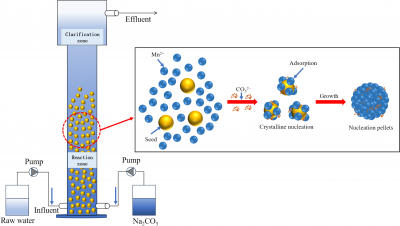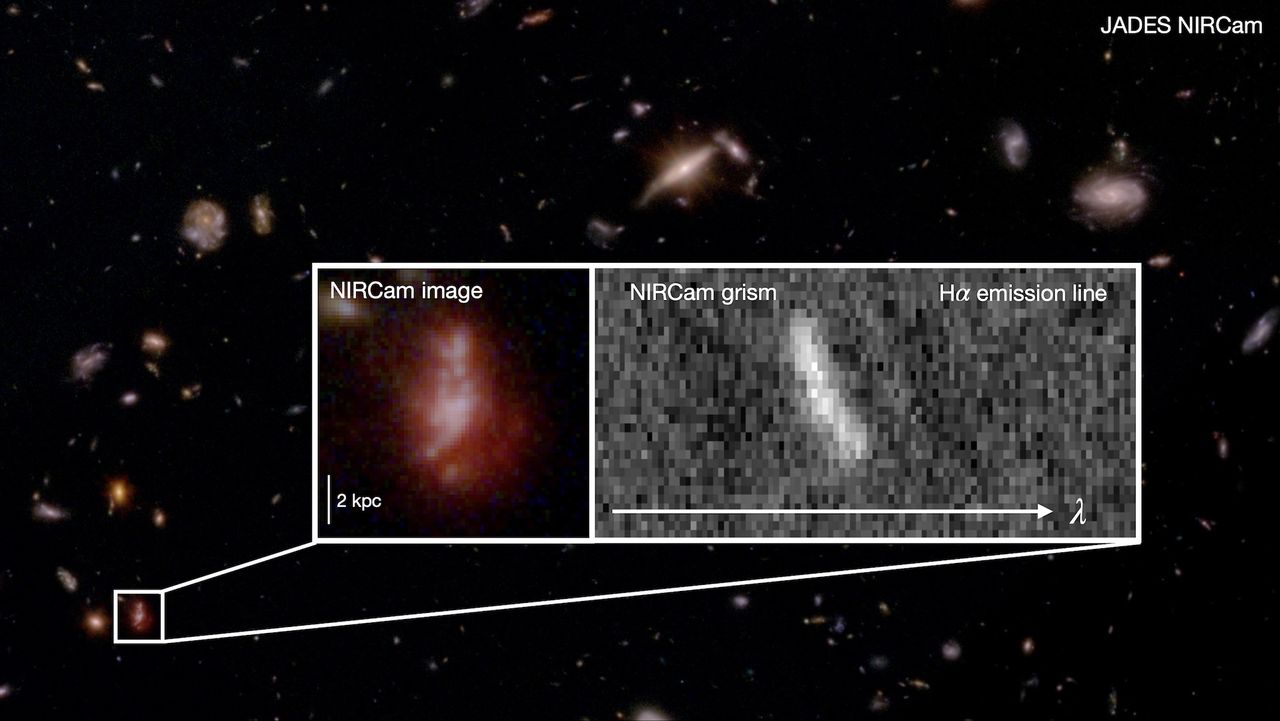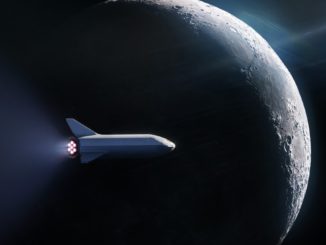A pioneering mining company, Interlune, has announced its ambitious plan to extract helium-3 from the lunar surface by March 2028. This rare isotope, believed to have applications in clean energy and advanced technologies, has garnered significant attention as nations and private entities explore the potential of space mining. Interlune’s identification of helium-3 deposits highlights the increasing commercial interest in extraterrestrial resources.
Helium-3 is a promising material for nuclear fusion reactors, offering the potential for limitless energy without the radioactive waste associated with traditional fuels. Unlike helium-4, which is more common on Earth, helium-3 is abundant on the moon, a result of billions of years of exposure to solar wind. Industry experts estimate the value of helium-3 could reach up to $20 million per kilogram, driven by its demand in high-tech sectors including quantum computing.
Competition for Lunar Resources
Interlune’s announcement comes amid a competitive race for lunar dominance, particularly between the United States and China. According to Space.com, Interlune’s efforts align with broader ambitions to secure helium-3 for applications in quantum computing, where it serves as a critical coolant for maintaining ultra-low temperatures. The company has already secured agreements, including one to supply up to 10,000 liters of extracted helium-3, demonstrating early market confidence.
Practical steps are already underway. Interlune has unveiled a prototype harvester capable of processing 110 tons of lunar regolith per hour, as reported by The Washington Post. This technology addresses the challenges of lunar operations, including extreme temperatures and the lack of atmosphere, while aiming to minimize environmental disruption on the moon.
Technological Innovations and Challenges
Beyond energy generation, helium-3 has potential applications in medical imaging and supercomputing, where its scarcity has driven prices on Earth to unprecedented levels. Forbes notes that Interlune is developing robotic systems designed for autonomous mining, which could be operational by 2028. This timeline coincides with NASA‘s Artemis program and China’s Chang’e missions, both of which may provide necessary infrastructure for efficient transport and processing of extracted materials.
Despite these advancements, challenges remain, particularly concerning the high costs associated with space travel and the uncertain economics of returning materials to Earth. Proponents argue that utilizing lunar resources in-situ—such as building habitats or fuel depots—could help offset these expenses. As noted by Interesting Engineering, global superpowers are increasingly viewing helium-3 as “moon gold,” with Russia also entering the competition, potentially reshaping the landscape of energy geopolitics.
Financially, Interlune’s venture is attracting significant investor interest, as the company raises funds to deploy multispectral cameras for precise resource mapping, according to Autoevolution. A recent partnership with quantum cryogenics firm Bluefors marks one of the largest space resource contracts to date, underscoring helium-3’s role in enhancing computational power.
Ethical considerations also arise in discussions about lunar resource extraction. Critics of space mining point to potential issues surrounding equitable access to these resources under the Outer Space Treaty. While some warn of a new colonial rush, supporters, including those referenced in ESA publications, emphasize the opportunity for shared technological benefits, such as the development of safer fusion energy that could significantly combat climate change.
Looking forward, successful helium-3 mining could catalyze a broader space economy encompassing the extraction of water ice, rare earth elements, and oxygen from lunar soil. Insights from the 21st Century Tech Blog suggest that such advancements could support permanent lunar settlements, thereby reducing reliance on Earth-supplied resources. For industry insiders, the focus is on scalability: if Interlune’s prototypes prove successful, the venture could attract billions in investment, transforming space from a scientific frontier into a profitable domain.
Ultimately, this lunar endeavor signifies a pivotal shift, positioning the moon’s surface as a new arena for innovation and commerce. As extraction technologies advance, the dream of harnessing cosmic resources approaches reality, promising profound impacts on Earth’s technological landscape.







